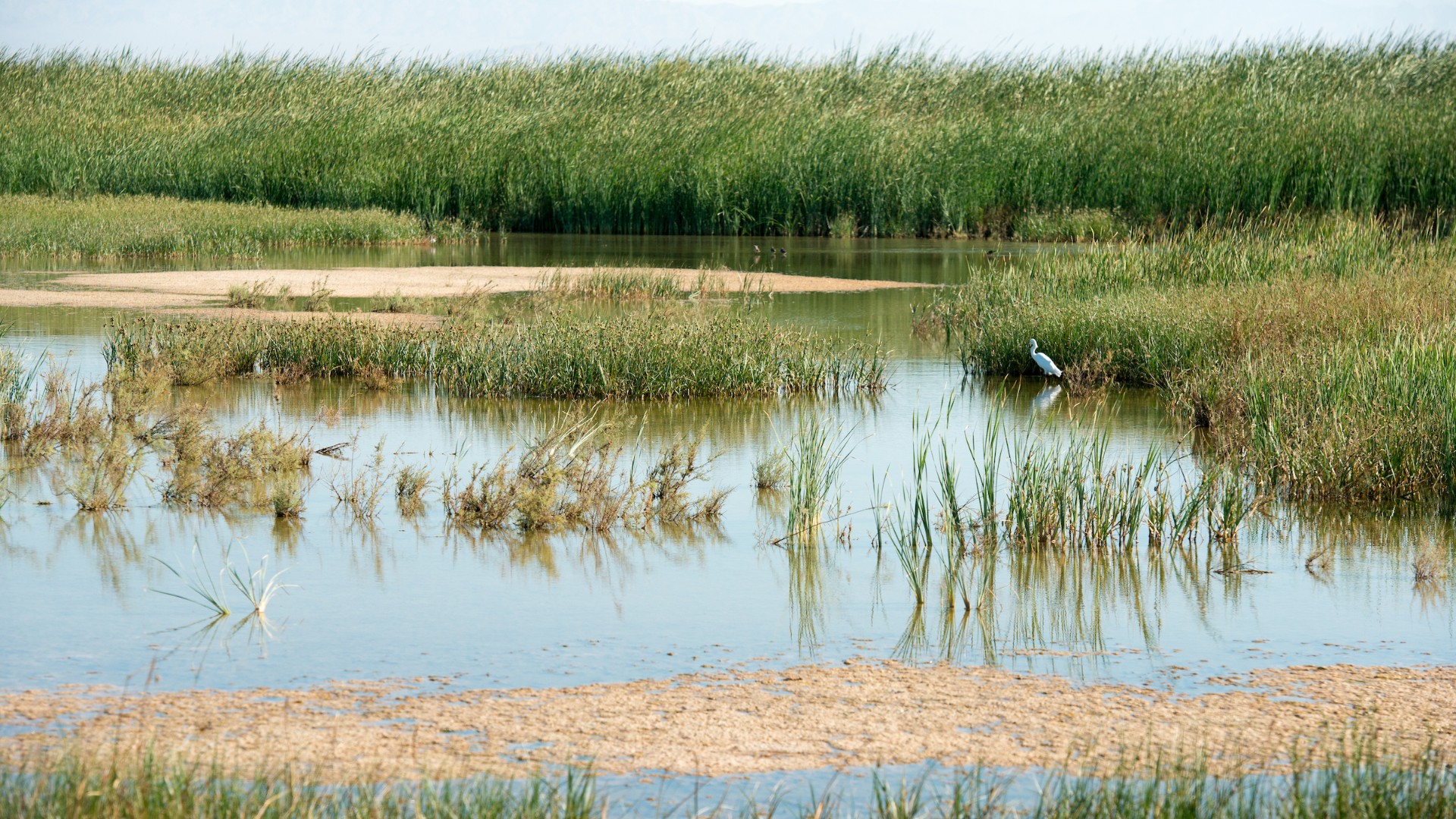When lawmakers passed the Clean Water Act of 1972, they agreed the federal government needed stronger regulations to protect the waterways that we rely on for drinking, fishing, recreation and supporting a healthy environment.
But our watersheds are more than just major rivers — there are wetlands, ponds and small streams, some of which only contain water part of the year. And it’s in these waterways that an ongoing, unseen conversation happens between surface and groundwater.
Exactly which waters are protected under the Clean Water Act has been a source of continued litigation. Scientists say keeping our drinking water clean means protecting this vast network, but special-interest groups like developers and farmers have fought for a narrower definition.
So the Obama administration went through a long scientific review and rulemaking process to clarify the issue. The result, known as the Waters of the U.S. Rule (or the Clean Water Rule), passed in 2015 and immediately faced opposition from farmers, industry groups and some states. Two years later it became a target of the Trump administration, which has been working to repeal and replace the rule to protect fewer waters.
We talked to Dr. Ellen Wohl, a professor of geosciences at Colorado State University and an expert in river systems, about what the Trump administration’s proposed rule change would mean for the health of our waterways.
Why has it been so hard to agree on what waters are protected under the Clean Water Act?

There is fundamental disagreement between scientists’ and special-interest groups’ understanding of river networks. Scientific understanding indicates that tiny headwater streams, channels that do not flow continuously (such as ephemeral channels that flow only after rainfall and intermittent channels that flow only where they intersect the water table) and wetlands that are not connected on the surface with rivers are vital parts of a river network and significantly influence water quality, the rate of flow and the biological communities in larger rivers.
Consequently, scientists and environmental advocates who base their advocacy on scientific knowledge want these waters to be covered.
Special-interest groups as diverse as realtors, farmers and public utilities do not want these waters to be covered because it’s perceived as restricting development and land use by increasing the protected portions of river networks.
Why are disconnected wetlands and streams that don’t always flow so important ecologically?
For at least two reasons. First, even though surface connectivity is not continuous in time and space, these portions of a drainage basin can sometimes connect, such as during snowmelt or after rainfall. During these periods organisms can migrate for breeding or to reach new habitat, and the habitat diversity provided by ephemeral channels and disconnected wetlands is important to many aquatic and terrestrial organisms.
Salamanders are one example: Some species of salamanders spend much of their adult life in forests, but rely on ephemeral wetlands for breeding and nursery habitat.
Second, ephemeral channels and wetlands without surface connectivity can still be connected below the ground with other portions of the drainage basin. This has a big impact on water quality — underground is where microbes in the soil work to remove harmful nutrients like nitrates from water that will eventually return to the surface in perennial rivers.
What does Trump’s proposed rule change get wrong about the science of river ecology?
Pretty much everything. By ignoring the substantial body of scientific literature on headwater streams, temporary rivers (ephemeral and intermittent) and wetlands without surface connectivity, the proposed rule change ignores modern scientific understanding of how rivers and river networks function. And by doing so it will significantly reduce the effectiveness of the Clean Water Act and undermine the intent of the original law, which is to protect surface water quality in the United States.
There have been a lot of rollbacks of environmental regulation since Trump took office — how significant would this rule change be?
Rivers throughout the United States are already heavily compromised in their hydrological and ecological functions. We’ve built levees that block floodplains, channelized rivers and removed native land cover in many upland areas. By doing so we have significantly increased the magnitude of flood peaks and reduced the potential for recharge of ground water.
We have also increased the amount of nitrates entering our waterways — primarily from fertilizers and fossil-fuel emissions — and at the same time we’ve reduced the ability of rivers to remove nitrates. The effects of these changes appear most dramatically in the enormous increases in nitrate fluxes to nearshore areas and the resulting “dead zones,” such as in the Gulf of Mexico.
The reduced ecological function of rivers also appears in rates of extinction for freshwater species, which are much higher than extinction rates for terrestrial species.
How can we best protect our waterways? Was the current rule developed under the Obama administration sufficient?
The rule developed under the Obama administration reflects a long collaborative process between diverse stakeholders. As such, there were compromises made by both sides. As a river scientist, I don’t consider the current rule perfect, but it’s far better than the proposed changes.
![]()



1 thought on “Clean Water at Risk as Trump Administration Ignores Science”
Comments are closed.